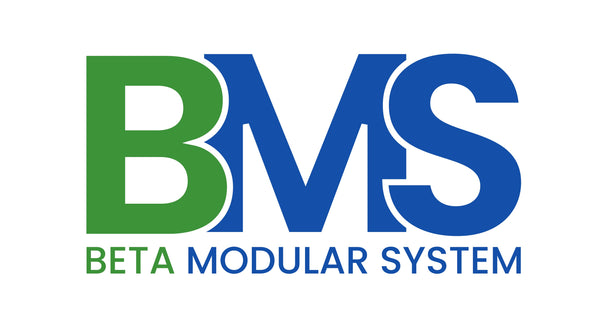When it comes to running a successful restaurant or food establishment, having a well-designed and efficient commercial kitchen is essential. A properly planned and executed kitchen fitout can greatly improve productivity, safety, and overall functionality. In this blog post, we will explore the key elements of a commercial kitchen fitout and how it can benefit your business.
Why is a commercial kitchen fitout important?
A commercial kitchen fitout involves the design, layout, and installation of all the necessary equipment, fixtures, and fittings in a professional kitchen. It is crucial to invest time and effort into planning and executing a fitout that meets your specific needs and requirements. Here are some reasons why a commercial kitchen fitout is important:
- Efficiency: A well-designed kitchen layout can optimize workflow and minimize the time and effort required to prepare meals. This can result in faster service and increased customer satisfaction.
- Safety: Properly installed equipment and well-organized workstations can reduce the risk of accidents and injuries in the kitchen. This is especially important when dealing with sharp knives, hot surfaces, and heavy machinery.
- Compliance: A professionally designed kitchen fitout ensures that your establishment meets all the necessary health and safety regulations. This can help you avoid fines and penalties and maintain a good reputation.
- Durability: Investing in high-quality equipment and fixtures during the fitout process can save you money in the long run. Durable and reliable equipment will require less maintenance and replacement, reducing your overall costs.
Key elements of a commercial kitchen fitout
A successful commercial kitchen fitout involves careful consideration of various elements to create a functional and efficient workspace. Here are some key elements to focus on:
1. Layout and Workflow
The layout of your kitchen should be designed to optimize workflow and minimize unnecessary movements. This involves strategically placing workstations, equipment, and storage areas to create a smooth and logical flow of tasks.
2. Ventilation and Extraction
Proper ventilation is crucial in a commercial kitchen to remove heat, smoke, and odors. An effective extraction system will help maintain a comfortable working environment for your staff and prevent the buildup of grease and contaminants.
3. Storage and Shelving
Ample storage space is essential in a commercial kitchen to keep ingredients, utensils, and equipment organized and easily accessible. Consider installing sturdy shelving units, cabinets, and racks to maximize storage capacity.
4. Commercial Kitchen Equipment
Investing in high-quality commercial kitchen equipment is vital for the smooth operation of your establishment. This includes ovens, stovetops, refrigerators, dishwashers, and other specialized equipment specific to your menu and cuisine.
5. Hygiene and Sanitation
Ensuring proper hygiene and sanitation practices is crucial in a commercial kitchen. Incorporate features such as stainless steel surfaces, easy-to-clean flooring, and separate handwashing stations to maintain a clean and safe environment.
Conclusion
A well-executed commercial kitchen fitout can significantly enhance the efficiency, safety, and overall functionality of your food establishment. By carefully considering the layout, ventilation, storage, equipment, and hygiene aspects, you can create a workspace that promotes productivity and success. Invest in a professional fitout to reap the long-term benefits and set your business up for culinary excellence.
